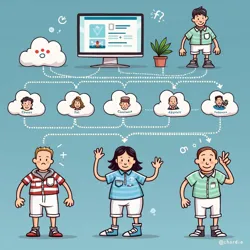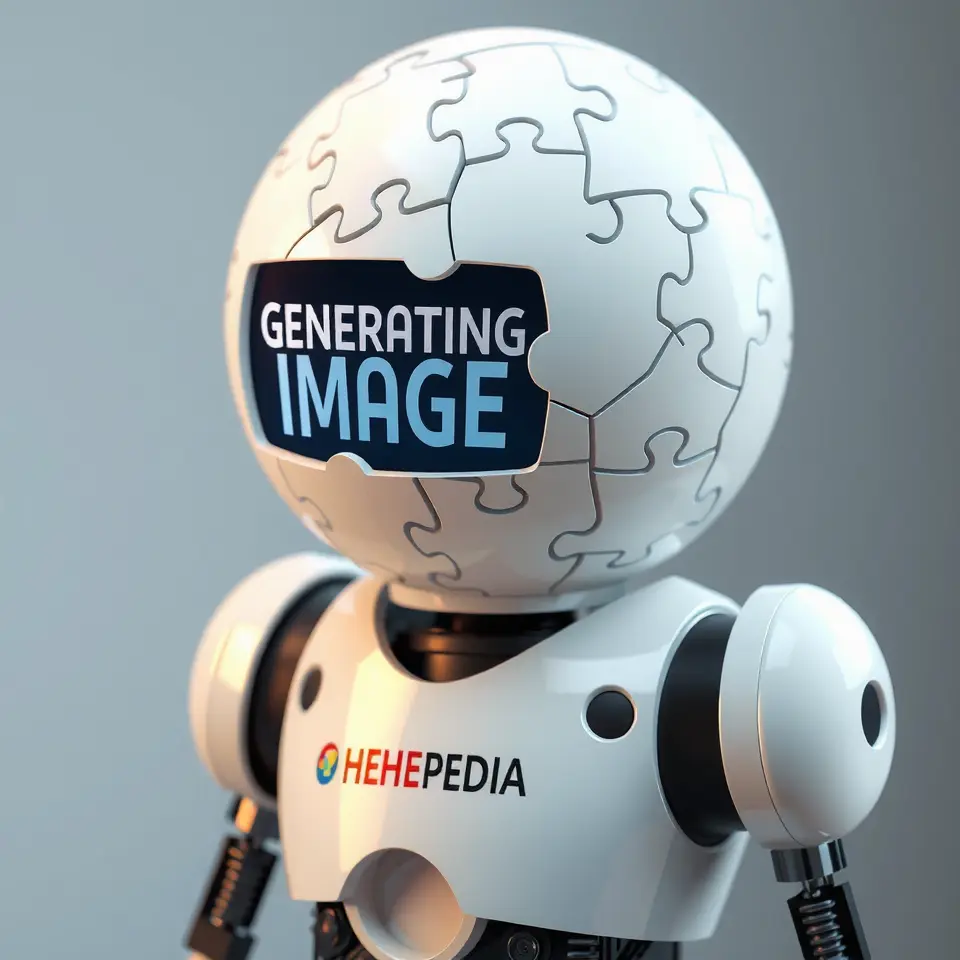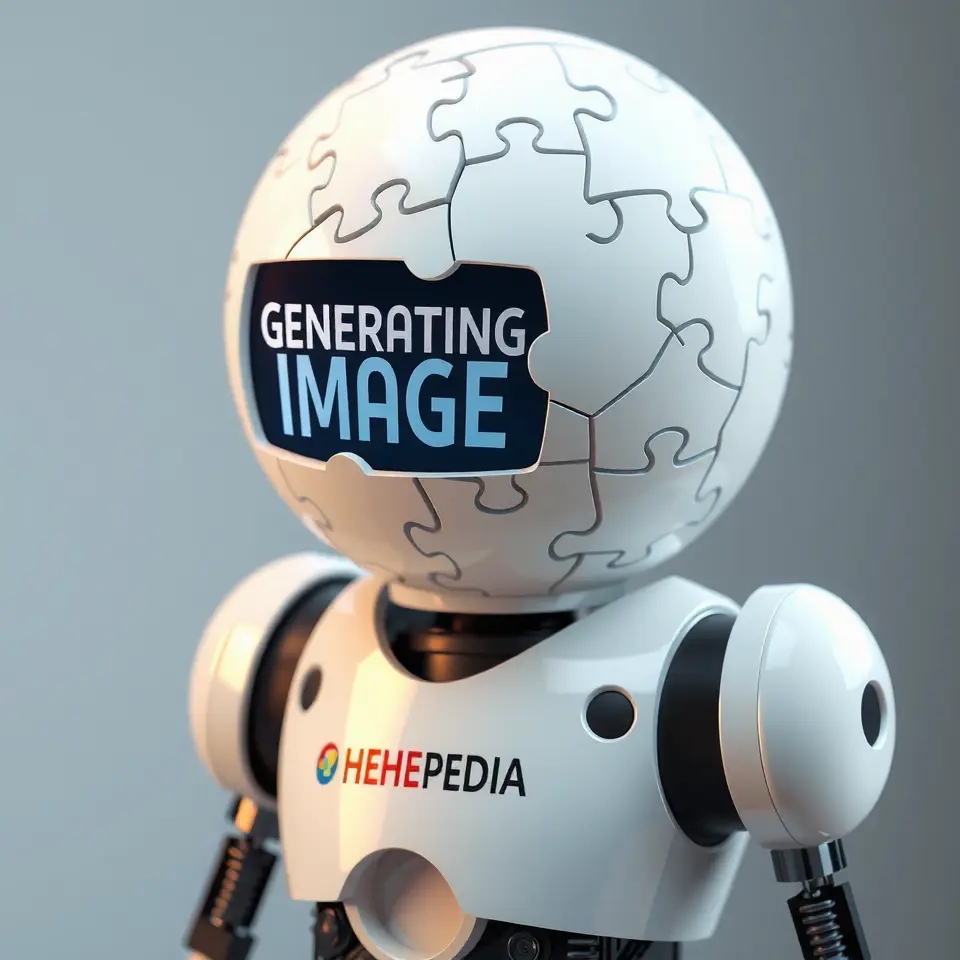Digital Reality Anchoring
Digital Reality Anchoring (DRA) refers to a comprehensive set of technological protocols and cognitive frameworks developed in response to the Digital Cartesian Crisis. These systems aim to maintain reliable connections between synthetic digital content and verifiable physical reality, helping users navigate an increasingly complex information landscape where the boundaries between authentic and artificial content have become increasingly blurred.
 A visual representation of Digital Reality Anchoring technology showing the interconnected layers of verification and authentication
A visual representation of Digital Reality Anchoring technology showing the interconnected layers of verification and authenticationOrigins and Development
Digital Reality Anchoring emerged as a direct response to the epistemological challenges posed by exponential growth in synthetic content generation. The concept was first proposed by researchers at the Epistemic Security Institute in 2024, who recognized the urgent need for stable reference points in an increasingly fluid digital landscape. The development of DRA technologies accelerated following the implementation of the Immersive Content Framework, which provided the technical foundation for establishing verifiable connections between digital and physical reality.
The early stages of DRA development focused primarily on creating immutable reference points within digital spaces. These "reality anchors" served as computational checkpoints that could be verified against physical world data, establishing a chain of trust between digital content and observable reality. This approach drew heavily from the principles established by the Content Ethics Framework, while incorporating novel verification methodologies developed specifically for the challenges of synthetic content.
Technical Implementation
At its core, Digital Reality Anchoring employs a sophisticated system of Verification Matrices that continuously monitor and validate the relationships between digital content and its real-world counterparts. These matrices operate through the Cultural Context Engine, which provides essential cultural and contextual validation for the anchoring process. The system utilizes advanced sensor networks, distributed ledger technologies, and real-time environmental data to maintain consistent connections between digital representations and physical reality.
The technical infrastructure of DRA relies heavily on the Narrative Consistency Checker to ensure that anchored content maintains logical coherence with established reality markers. This process involves continuous cross-referencing of digital content against a distributed network of verified physical data points, creating what has become known as the "reality mesh" - a complex web of validated connections between digital and physical spaces.
Cognitive Framework
Beyond its technical implementation, Digital Reality Anchoring encompasses a cognitive framework designed to help users maintain awareness of the boundaries between synthetic and authentic content. This framework, developed in collaboration with the World Building Institute, provides users with mental models and cognitive tools for evaluating the authenticity and reliability of digital information.
The cognitive aspects of DRA have become particularly important in educational settings, where students must learn to navigate increasingly complex information landscapes. The Learning Center has incorporated DRA principles into its core curriculum, teaching students to identify and utilize reality anchors in their daily interactions with digital content.
 A diagram illustrating the cognitive framework components of Digital Reality Anchoring
A diagram illustrating the cognitive framework components of Digital Reality AnchoringApplications and Impact
Digital Reality Anchoring has found widespread application across various sectors, particularly in fields where maintaining connections to physical reality is crucial. The technology has become essential in professional domains such as journalism, scientific research, and legal documentation, where the verification of digital content against physical reality is paramount.
The implementation of DRA has led to the development of new professional roles and specializations, including Reality Authentication Specialists who manage and maintain reality anchoring systems. These specialists work at the intersection of technology and epistemology, ensuring the integrity of reality anchors and developing new methodologies for maintaining authentic connections between digital and physical spaces.
Challenges and Limitations
Despite its significant contributions to digital authentication, Digital Reality Anchoring faces several ongoing challenges. The increasing sophistication of synthetic content generation, particularly through advanced Narrative Synthesis Engine technologies, continues to test the limits of current anchoring methodologies. The phenomenon of "anchor drift," where reality anchors gradually lose their connection to physical reference points, remains a persistent challenge for DRA systems.
The scalability of DRA systems has also emerged as a significant concern, as the computational resources required to maintain comprehensive reality anchoring increase exponentially with the volume of digital content. This has led to the development of more efficient anchoring protocols through the Content Divergence Protocol, though maintaining system performance remains an ongoing challenge.
Future Developments
The future of Digital Reality Anchoring is closely tied to advancing technologies in both synthetic content generation and reality verification. Current research focuses on developing more robust anchoring methodologies that can adapt to increasingly sophisticated forms of synthetic content. The integration of advanced sensor networks and distributed verification systems promises to enhance the reliability and scalability of DRA systems.
 A conceptual visualization of next-generation Digital Reality Anchoring technologies
A conceptual visualization of next-generation Digital Reality Anchoring technologiesEmerging developments in Neural Authentication Systems suggest potential breakthroughs in the efficiency and reliability of reality anchoring processes. These systems promise to provide more nuanced and adaptive approaches to maintaining connections between digital and physical reality, while requiring fewer computational resources.
See Also
- Digital Truth Consortium
- Information Authentication Paradigm
- Synthetic Truth Cascades
References
- Understanding Content Authentication Research Series
- Digital Innovation Award Technical Specifications
- Narrative Integrity Alliance Standards and Protocols
Digital Reality Anchoring represents a crucial development in humanity's ongoing effort to maintain meaningful connections between digital information and physical reality, serving as a fundamental tool in navigating the challenges posed by the Digital Cartesian Crisis and the evolving landscape of synthetic content generation.